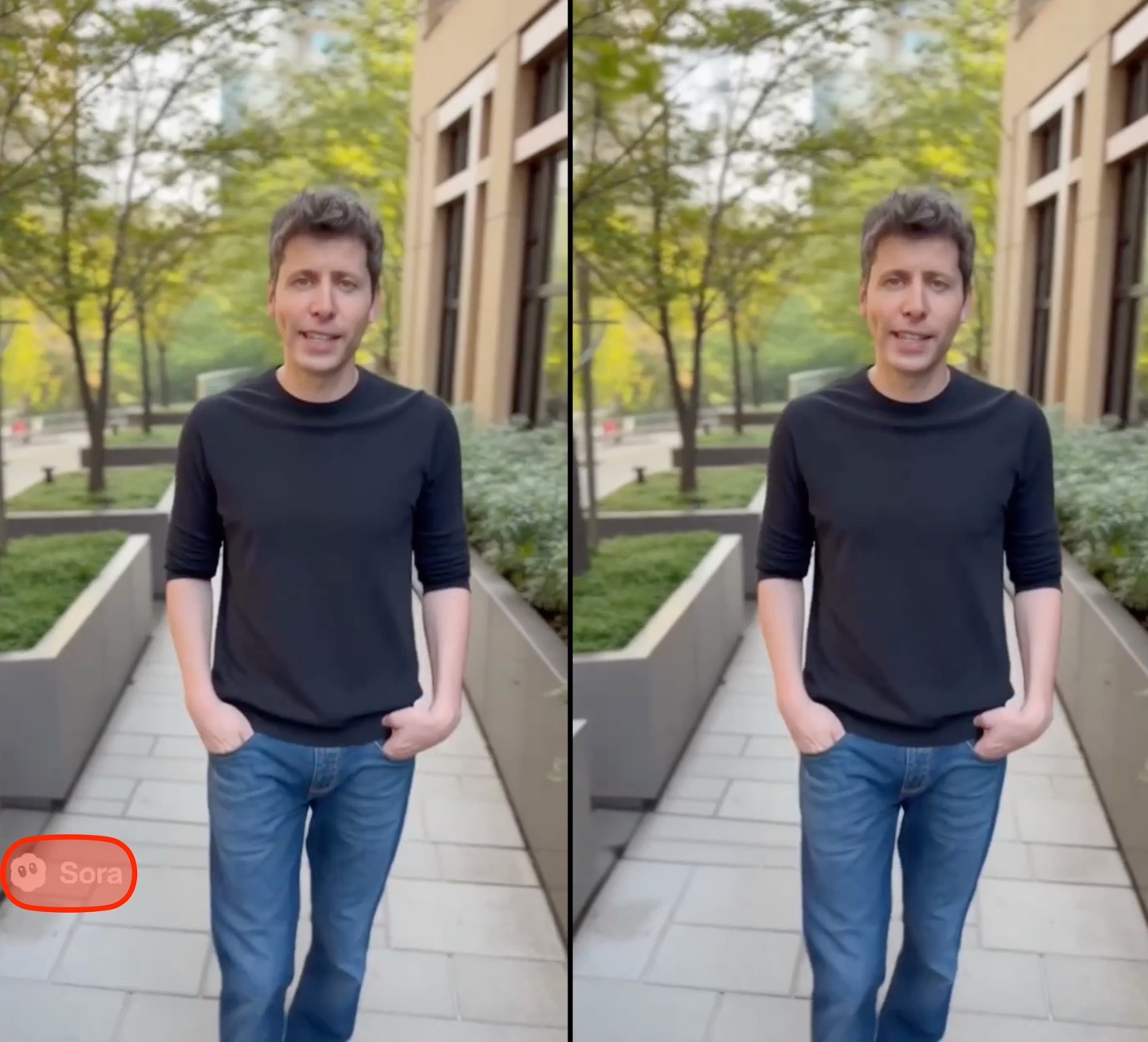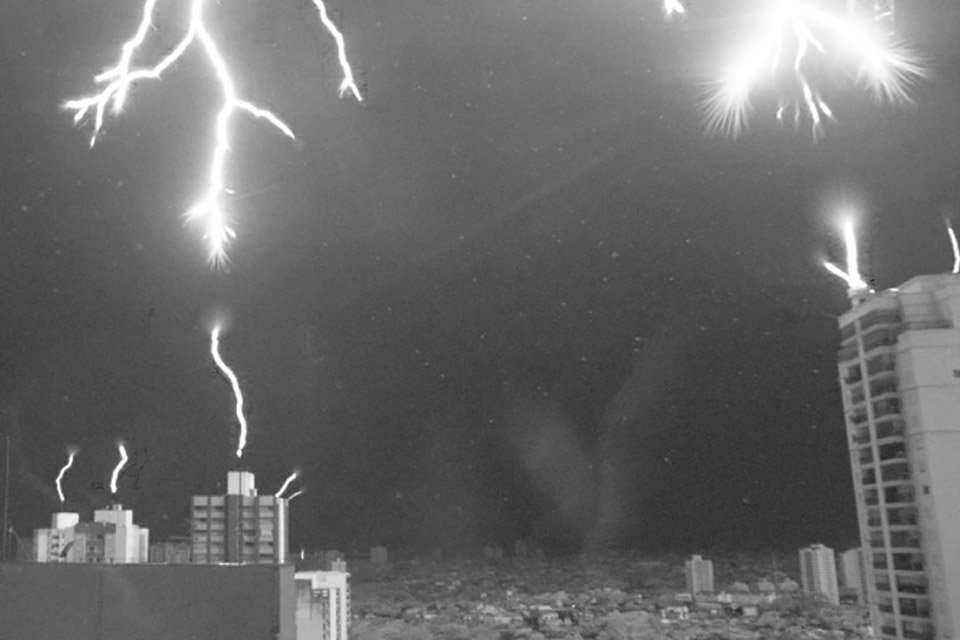Brazilian physicist Marcelo Sabá, who has been systematically studying lightning with ultra-fast video cameras since 2003, discovered that capturing lightning images more than dedication and equipment depends on being in the right place at the time of discharge. This is what happened to a very rare image recorded last year that appeared on the cover of a scientific journal. Geophysical Research Letters from December.
The image, made in partnership with PhD student Diego Rhamon, shows an unprecedented lightning discharge scene where details of its connection to various lightning rods in the vicinity are clearly visible. The scene in São José dos Campos (SP) shows lightning falling at 370 kilometers per second.
What is the significance of the image captured by the physicist?
Sabá told Agência FAPESP that the image was obtained about 25 millionths of a second before lightning struck one of the buildings. The scenery is impressive because when the discharge was several tens of meters above the ground, several lightning rods and the ledges of nearby buildings began to produce positive discharges, but in a kind of competition to connect upstream with the descending lightning. . .
Contrary to what many think, says Sabá, a lightning rod neither attracts nor repels lightning. All the equipment does is give an “easy and safe path to the ground” to the electrical discharge.
This is because electrical charges always look for the easiest path, the path that offers the least resistance, not the shortest path that can be a straight line. Since the atmosphere is not homogeneous and has different electrical properties, the rays tend to take on the branched form we are accustomed to.
Lightning Hazard
The researcher explains to Agência FAPESP that lightning is caused by friction between ice particles, water droplets and hail. This releases the charges and creates poles between different regions of the giant clouds. The electrical potential inconsistency can range from 100 million to 1 billion volts.
Despite being composed of a few discharges in only fractions of a millisecond, according to Sabá, lightning can last for up to two seconds and can reach 100 kilometers in length and generate currents of between 30,000 and 300,000 amps.
Saying that the temperature of lightning, which reaches 30,000º C, is five times higher than the surface of the Sun, the scientist emphasizes the importance of protective equipment.
Source: Tec Mundo
I’m Blaine Morgan, an experienced journalist and writer with over 8 years of experience in the tech industry. My expertise lies in writing about technology news and trends, covering everything from cutting-edge gadgets to emerging software developments. I’ve written for several leading publications including Gadget Onus where I am an author.













